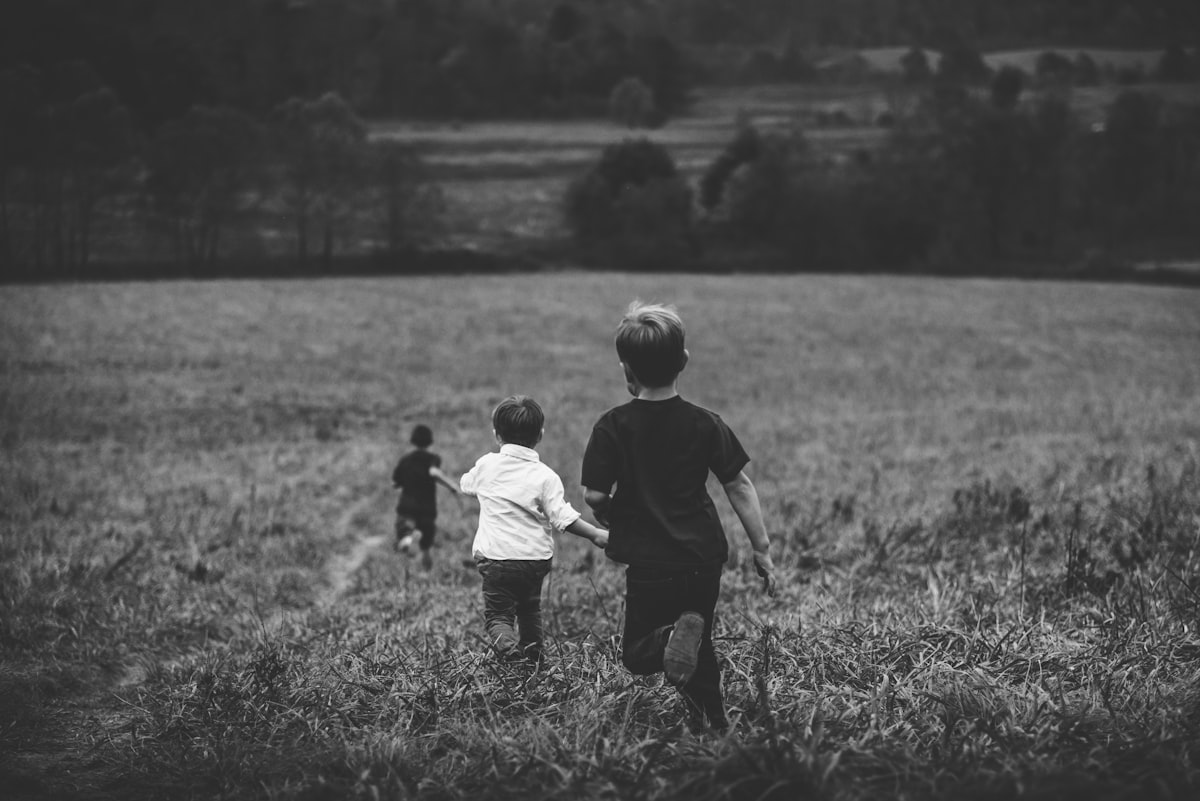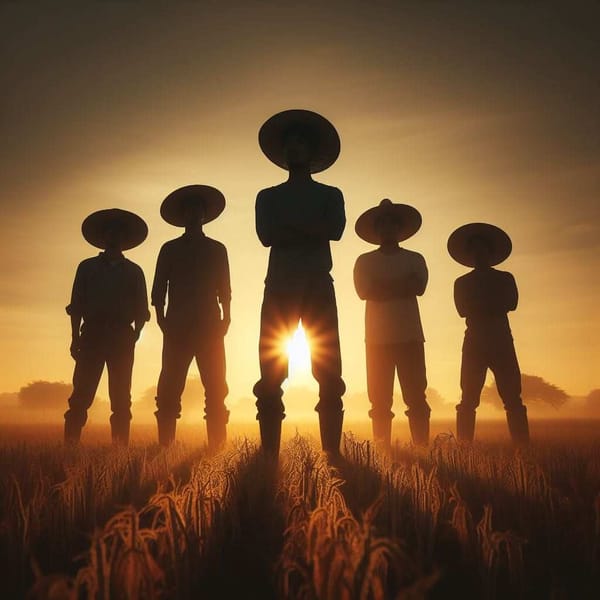Challenges and tasks still pending for childhood development
Globally, 13 percent of those between the ages of 10 and 19 have a diagnosed mental disorder. For children to be well, their caregivers must also be well, considered on the occasion of Universal Children's Day.

Almost 40 million children and adolescents live in Mexico, representing 35 percent of the population; more than half of them, 51.1 percent, live in poverty. "People between the ages of zero and 18, around a third of the total population, require particular care from the adult world; this care is a social responsibility," says Gabriela Ruiz Serrano, an academic at UNAM's National School of Social Work (ENTS).
On a global scale, according to the United Nations Children's Fund (UNICEF) report, "The State of the World's Children" (October 2021), which examines the mental health of this population, it is estimated that 13 percent of those between 10 and 19 years of age suffer from a diagnosed mental disorder. In this age range, suicide is the fourth leading cause of death: every year, almost 46,000 adolescents take their own lives, one every 11 minutes.
On the occasion of Universal Children's Day, which is celebrated on November 20, the university professor recognizes that, unfortunately, the conditions that afflict our country are not very encouraging or favorable for the integral development of this sector.
The syndemic (or synergy of epidemics at the same time and place: health, economic, social, etc.), as the Network for the Rights of Children in Mexico (REDIM) called the pandemic, aggravated the problems that afflict them: poverty, child labor, school dropouts and violence within families, among others. Before the health emergency, for example, seven out of every 10 indigenous children in Mexico were unable to fully satisfy their rights, including the right to food, education, and health, said the researcher.
Some national and international organizations, such as REDIM and the Inter-American Commission on Human Rights, warned that there could be between 30,000 and 45,000 children in Mexico involved in criminal activities, and around 250,000 are at risk of being recruited by organized crime.
Childhood: a humanizing process
For Ruiz Serrano, it is important to think of children and adolescents as social and political actors, producers of culture, and, therefore, requiring special care. For the Mexican State and "those of us who are dedicated to accompanying children, and who do not only attend to them as a group of priority attention but as a humanizing process, there are many tasks and challenges to achieve a safe scenario for their development".
Unfortunately, the specialist points out, an adult-centric culture prevails. "Although the national and international legal frameworks, such as the aforementioned Convention or the General Law on the Rights of Children and Adolescents state that we are talking about subjects of rights, we have not yet managed to fully express what we mean by this concept. In Mexico and the world, there is still a perception that they are 'minors'; and this is not a hollow narrative, but expresses the way we perceive them".
This thinking, she adds, permeates family relationships: corporal abuse is used as a parenting measure because it is considered that a timely hit is effective or necessary; or their opinions are hardly taken into account, for example.
For the university professor, "childhood is geography, a territory, a space that we take with us for the rest of our lives, where we build our first social relationships, our first encounters, and it is in itself a humanizing process. That is why we need to dismantle the idea that the child is the property of the adult, who must passively obey instructions, without allowing him to get involved in this human construction where he must be the protagonist".
She explains that there is also a Eurocentric perspective installed in Latin American thought and with it the idea that child abuse is present throughout history and in different places. This is partially true.
When studying childhood in Pre-Hispanic Mexico "I find something completely different and revealing. In our original peoples, girls and boys were seen as beings of light. Although there were human sacrifices, practices that in our eyes would be interpreted as violence and abuse of power, in the idiosyncrasy and culture of the Mesoamericans this had a profound meaning: they were beings who opened the channel of communication with the deities".
Ruiz Serrano mentions that when it was known that a woman was pregnant, the clan sheltered her and took care of her; when the baby was born, the community took care of it. "Some explorations give evidence that, in pre-Hispanic societies, the practice of care was carried out through the clan and not as a matter exclusive to fathers and mothers, an exercise preserved by some groups of indigenous reference, such as the Mapuches or the Mayas."
Furthermore, years ago a study revealed that among indigenous people there was no significant presence of mental illnesses, such as psychosis or schizophrenia, which can be understood from the construction of the secure bond that these communities can have.
The academic refers that on numerous occasions it is thought that the problem of children who experience extreme violence is solved by removing them from their family systems and taking them to an institution, and it is believed that the restitution of their rights translates into giving them food, a bed or taking them to school, in the best of cases, giving them up for adoption.
However, the State has an important debt because it is also necessary to work with families who, in turn, have been recipients of structural violence, such as poverty. Sheltering children in their first years of life will have long-term results and will favor their development, said the university specialist.
Articulated actions
On November 20, in addition to the celebration of Universal Children's Day, the anniversaries of the adoption of the Universal Declaration of the Rights of the Child (1959) and the approval of the Convention on the Rights of the Child (1989) are commemorated, among which are those related to life, health, education, play, family life, protection against violence and discrimination, and the right to have their opinions heard.
According to Ruiz Serrano, a comprehensive strategy must be devised to protect the fabric of the community and translate into families with adequate conditions so that children do not have to be separated from them. "I do not mean to say that only the poor exercise violence against children, but that poverty becomes a detonating factor for the exercise of violence".
She recommends reviewing the upbringing practices in family systems and discarding the belief that hitting is necessary, that through violence one learns. This ephemeris should lead us to reflect on how we look at childhood.
The General Law on the Rights of Children and Adolescents would be wonderful if we manage to materialize it; it would even be an international reference. "The legal frameworks for the protection of children are a step forward; having regulations that make it viable is another advantage, together with professionals interested in understanding the world of children," she stresses.
The efforts of civil society organizations in terms of accompanying children and their family systems, and initiatives such as the pedagogy of tenderness, are efforts that we must articulate more consistently so that they become forceful proposals, says Gabriela Ruiz.
We must be accompanied by professionals when we feel we are exhausted; it is okay to be tired and look for support networks. And we must have public policies that are not focused, such as scholarships -which are a palliative, but do not solve the underlying problems-, but comprehensive, and understand that for children to be well, their caregivers must also be well, she concludes.




